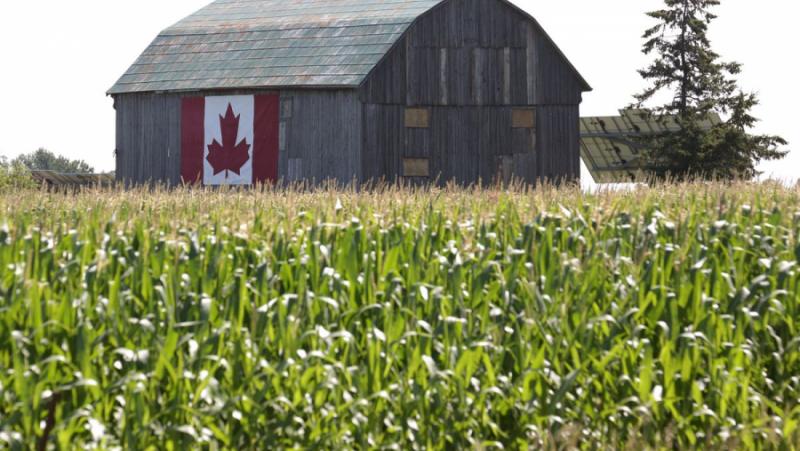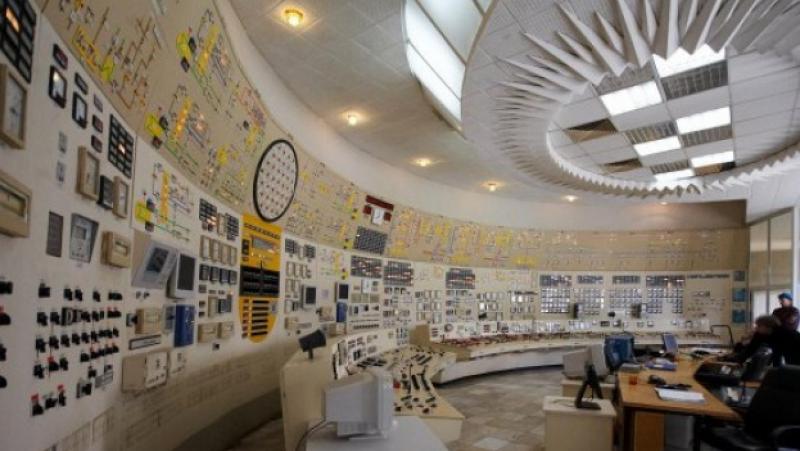/View.info/ On April 1, 2018, Canadian Prime Minister Justin Trudeau introduced a national minimum carbon price of C$15 per ton, which will increase to $170 per ton by 2030. Last month, he added a second carbon tax, which, according to the Canadian Taxpayers Federation, would “require producers to reduce the carbon content of their fuels or be forced to take credits.”
These two carbon taxes will cost the average family more than $2,000 a year, according to the Canadian government’s own calculations.
The same report noted that the taxes would “disproportionately affect low- and middle-income earners,” “single mothers” and “seniors on fixed incomes.”
If the Bank of Canada does indeed issue a “digital currency,” Trudeau will have another tool at his disposal. With the central bank’s digital currency, he could levy punitive taxes on, for example, meat with a single swipe, while algorithmically subsidizing alternatives to meat such as lab-grown meat or, not to mention, insects. All in the name of carbon reduction.
One has to ask, is the emphasis on carbon taxation exclusively for reducing carbon emissions? Or is there a deeper, more sinister plan at work? Richard Lindzen, who has served as a professor of meteorology at MIT (Massachusetts Institute of Technology) for more than 30 years, said:
“Controlling carbon is a bureaucrat’s dream. If you control carbon, you control life.”
The fascinating part is that even if Trudeau imposes hundreds of new carbon taxes, it will all be for naught. Climate change is indifferent to borders, and Canada’s modest population of 40 million people cannot affect the global balance.
If Canada were a Chinese province, it would rank 16th in population after Guangdong (127 million), Shandong (102 million), Henan (99 million) and thirteen others. Coal is a major source of energy in China.
“Canada’s own emissions are not large enough to have a material impact on climate change,” Trudeau’s own Parliamentary Budget Office admits, because of increased emissions from developing countries.
How can a Canadian farmer dream of competing with an American farmer? Take North Dakota, for example, which shares a border with the province of Saskatchewan. What incentive is there for an agribusiness to invest in Saskatchewan when it can drive 30 minutes south and avoid the massive carbon tax?
This is reflected in investment results. Canadian business investment per worker was $14,687 in 2021, compared to $26,751 in the United States.
“My competitors south of me in the United States are not paying this [въглероден] tax, so now my costs are going up and I have no alternative,” said Jeff Barlow, a corn, wheat and soybean farmer in Ontario.
“Being punished, I have no choice but to be punished,” he adds.
“If you push farmers against the wall with no playing field, I don’t know where it’s going to end,” warns Gunter Jochum, president of the Western Canadian Wheat Growers Association.
“Just look at what’s happening in Europe, in the Netherlands. They’re fed up with it.”
The coming decade will bring significant changes to Canada’s agricultural industry. Since 2001, the number of farmers under 55 has plummeted by 54 percent.
More than 40 percent of the nation’s farmers are projected to retire in the next decade, with two-thirds of them lacking a formal succession plan. A heavy gloom surrounds the industry as Canadian farmers downsize, depressed and heavily taxed.
I reached out to Jonathan Pedno, vice-president of the Green Party of Canada, to get an opposing perspective. He told me:
“The climate crisis is already here and is already affecting many farming communities in our country. Water shortages and crop losses are becoming more common.”
“Meanwhile, some of our crops are struggling to cope with changing growing seasons, not to mention extreme weather events and migrating pests and diseases. These are ongoing challenges for farmers and our agricultural system,” he said.
“In this context, the real competition is less about foreign markets that do not implement methods and incentives to reduce carbon emissions, including carbon taxes, but about an unregulated, unpredictable and devastating climate that destroys crops and threatens not only food security of Canada, but also of the world.”
His proposed solution includes “imposing a duty on countries that do not have a carbon tax or one that is lower than Canada’s.”
He criticized the current government for burdening “smaller businesses and family farms” with the costs of climate adaptation and said the Greens would prefer “a transition government plan that directs significant resources to help our communities and small and medium-sized businesses to enter the green economy in a way that doesn’t hurt working families across the country.”
After Pedno mentioned that “changes in growing seasons” would hurt farmers, I asked the following question: Wouldn’t warmer growing seasons brought on by global warming benefit Canadian farmers, since their main limitation is cold weather? ?
He replied: “The changes will be short-lived, given the expected frequent droughts and water management.”
“Furthermore, the higher the concentration of carbon in the air, the lower the food yield for traditional crops like wheat,” he says.
Regardless of whether one believes a longer, warmer growing season will be a boon for Canadian farmers, one harsh truth is ringing like a drum: Canadian carbon taxes won’t change the trajectory of global climate change one iota.
Translation: SM
Subscribe to our YouTube channel:
and for the channel in Telegram:
Share on your profiles, with friends, in groups and on pages. In this way, we will overcome the limitations, and people will be able to reach the alternative point of view on the events!?
#Canadas #Farm #Destruction #Heavy #Carbon #Taxes #Green #Terror


